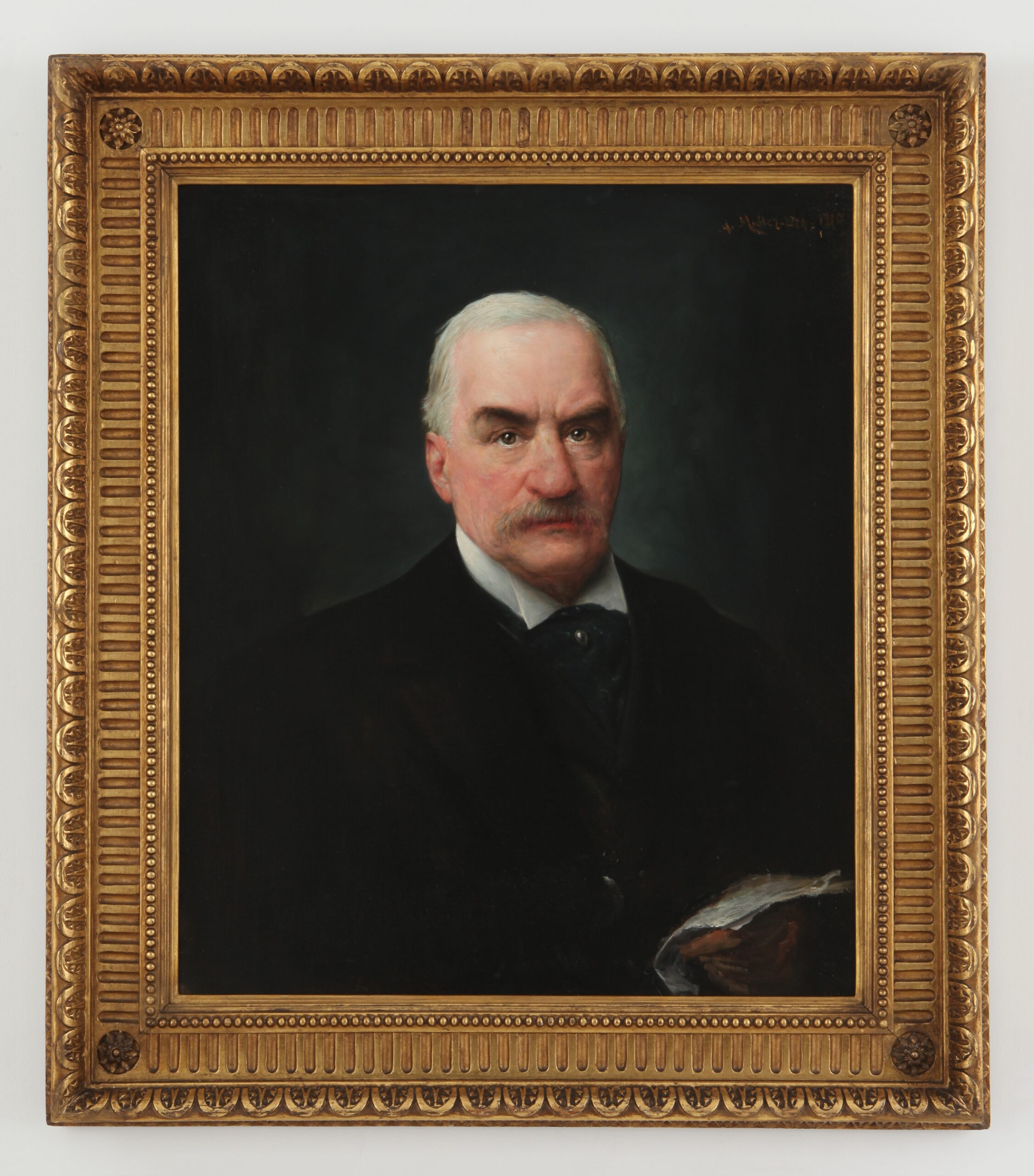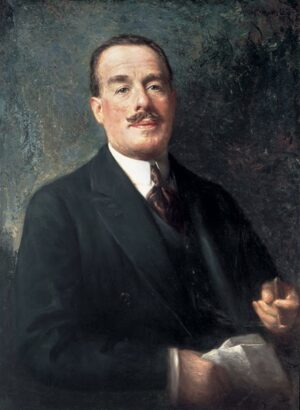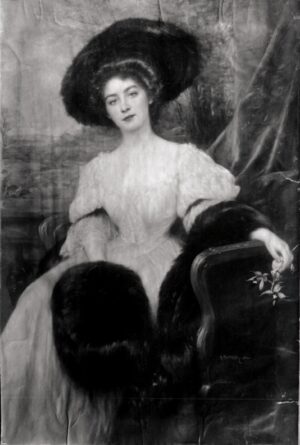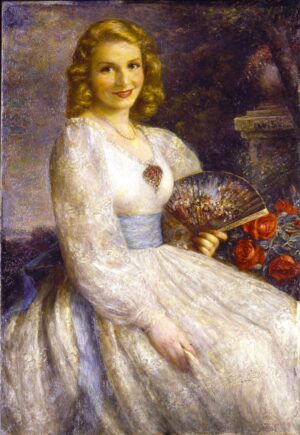John Pierpont Morgan was born in Hartford Connecticut on April 17, 1837, and educated in Europe and the University of Gottingen where he was considered a mathematical genius. In his early twenties he acted as American representative of his father’s London banking firm, and during the years of the American Civil War and afterwards in the development of American industry and railroads played a major role as a banker and organizer, with his credit considered safer than that of the United States government. One of the foremost collectors of the nineteenth and early twentieth centuries, he acquired major works of art wherever in the world he was travelling, most of which are today in American museums. He died in Rome on March 13, 1913.
In the Times Picayune, New Orleans, Tuesday, October 6, 1942, Müller-Ury told a reporter the following: ‘Morgan never missed a sitting. When I commented on this, he said, “And why should I break an appointment? I have no patience with people who do!”’
Select Bibliography:
Frederick Lewis Allen, The Great Pierpont Morgan, New York, 1948.
Cass Canfield, The Incredible Pierpont Morgan: Financier & Art Collector, London, 1974.
Louis Auchincloss, J. P. Morgan: The Financier as Collector, New York, 1990.
Jean Strouse, Morgan: American Financier, New York 1999.
—
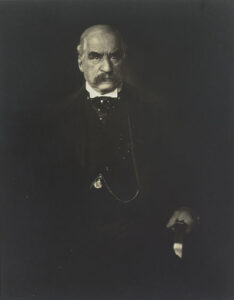
Edward Steichen’s contemporary photograph of Morgan.
The present bust length portrait, currently the only portrait of Morgan by Muller-Ury to have re-appeared, and which is very close stylistically to the head and shoulders in the first three-quarter seated portrait from 1904 only known from a photograph – despite the later second signature and date 1910 – is probably the very first study of Morgan which the artist painted when Morgan sat to him, and from which the two larger versions were created for Herbert and Louisa Morgan Satterlee, and J. Pierpont Morgan Jr. Against a dark background, Morgan’s head – in a position very similar to that in the famously aggressive-looking 1903 photograph by Edward Steichen (1879-1973) in the Steiglitz Collection at the Metropolitan Museum of Art, New York – stands out above his white winged collar and dark green cravat (only highlighted by his pearl cravat pin), but appears very subtly softer in expression than in any photograph. The famous Morgan eyes still stare brutally at the viewer beneath the dark almost quizzical eyebrows, the mouth seems set firm and determined as if about to say something that would floor a business rival, but the still more famous deformed nose – a feature about which his contemporaries were often cruel – has perhaps been treated by the artist more diplomatically, assuredly more sensitively, but no less truthfully. The summarily sketched hand and piece of paper may well be additions to the portrait made in the later 1940s.
This was clearly a picture kept by the artist in his New York studio from which he made other versions, and it was almost certainly used for exhibition purposes.
After Morgan’s death in 1913 – Muller-Ury attended the financier’s funeral at St. George’s Church, Stuyvesant Square and East 16th Street on April 14, 1913, and stuck his gallery admission card in his scrapbooks – American Art News reported that Muller-Ury’s ‘portrait of the late J. Pierpont Morgan, a commission from the financier’s family, has just been completed. It is an excellent character study as well as a thoroughly good likeness.’ A photograph certainly exists where a three quarter seated portrait is dated 1914, and is catalogued below, unless this was an earlier finished picture which he redated too before getting photographed.
An extra lot called ‘Portrait of J.P. Morgan’ was sold, Plaza Art Galleries, 9-11, East 59th Street, New York, Friday evening, December 5th, 1947, Sale 2813, as Lot 75B (Fetched $12.50 – marked copy in Frick Art Reference Library). This may have been this picture if it was bought in at this sale.


